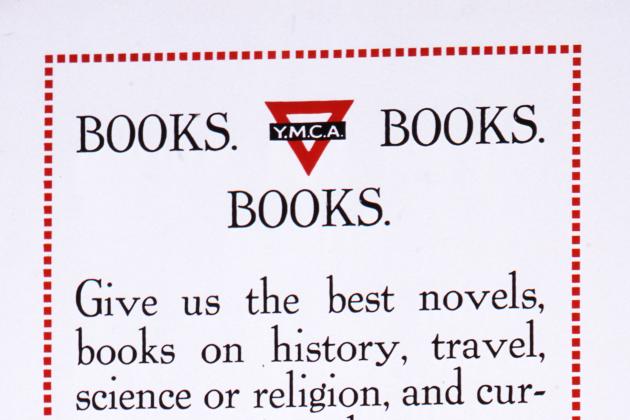Academic military history in the United States has come a long way since its origins during and after World War II. That conflict inspired Edward Mead Earle, Gordon A. Craig, and Felix Gilbert to edit Makers of Modern Strategy: Military Thought from Machiavelli to Hitler, published in 1943 by Princeton University Press. The torch then passed to one of the chapter authors, Theodore Ropp, who led a prominent military history program at Duke University until his retirement in 1980. His work, War in the Modern World, was one of the premier texts in the field for several decades after its publication in 1959. Sadly, the military history program at Duke would not survive Ropp’s departure. Leadership in the field then passed to other institutions, among them The Ohio State University, where Allan R. Millett established a military history curriculum upon his arrival in 1969.
During Millett’s thirty-seven years at Ohio State, he oversaw the growth of the program from one to five military history professors, along with supervising sixty-eight doctoral dissertations to completion, seeding the military history field with his advisees in civilian academia, professional military educational institutions, and government. His retirement in 2006 left vacant the General Raymond E. Mason Jr. Chair of Military History, one of the few military history chairs in civilian academia and a key part of the program at Ohio State. Approached to compete for the position, I decided to apply and upon acceptance, retired from the U.S. Army after a 26-year career and two combat tours in Iraq.
Along with my colleagues—Mark Grimsley, Joe Guilmartin, Geoffrey Parker, and Jennifer Siegel—I sought to maintain the military history field at Ohio State as one of the best in the nation. It quickly became apparent to me that to prevent the field from disappearing through attrition as had happened earlier at Duke, we would have to generate endowed positions that would exist in perpetuity. Through generous gifts from donors, we accomplished this goal through the creation of two additional chairs in military history and a professorship of World War II history in the adjacent European history field. These four positions will ensure that there will always be a military history field at Ohio State. The current field consists of Bruno Cabanes (Donald G. & Mary A. Dunn Chair in Modern Military History), Mark Grimsley, Geoffrey Parker (Distinguished University Professor and Andreas Dorpalen Professor of European History), Lydia Walker (Seth Andre Myers Chair in Global Military History), and me. Our breadth and depth enable Ohio State to offer the full gamut of military history, from strategic and operational studies to topics on society and war, culture, memory, and other elements of the (not so) “new military history,” which since the 1960s has expanded military historical studies beyond the traditional focus on battles, campaigns, and strategy in war.
Fortunately, if the student body at Ohio State is any indication, there is no lack of student interest in military history. Classes are routinely filled at or near capacity, generating large enrollments for the Department of History. Grants received by military history professors, including a National Endowment for the Humanities “Dialogues on the Experience of War” grant to support the study of soldier experiences in the Civil War, World War I, and the wars in Afghanistan and Iraq, have benefitted not just our own students but those of other fields working on military history topics, broadly conceived. We have developed a World War II study abroad program, which the university recognizes as its flagship overseas program due to its generous scholarship endowments made possible by donors participating in associated “Friends of OSU History” World War II tours to Europe and the Pacific. We receive dozens of applications for the handful of slots available in our graduate program, and our graduates go on to serve in civilian colleges and universities, war and command and general staff colleges, military academies, government offices such as the Defense POW/MIA Accounting Agency, museums, and other positions.
The experience of military history at Ohio State shows that a well administered and innovative military history program will work in civilian academia, provided it is substantially self-funding and builds bridges across other fields and disciplines. It is no secret that the focus of many history departments on topics other than politics, diplomacy, and war often leaves little room on their faculties for military historians. But with funding comes agency. The development of donor funded military history chairs and professorships can seed departments with military historians, who in turn offer courses that students want to take and generate resources in the form of grants that can help a broad array of students in a variety of disciplines. The civic health of the Republic requires a population educated on those issues that have made America great in both peace and war. Offering military history as part of a liberal arts curriculum should be part of that effort, but we cannot rely on faculty votes to make it so.

















